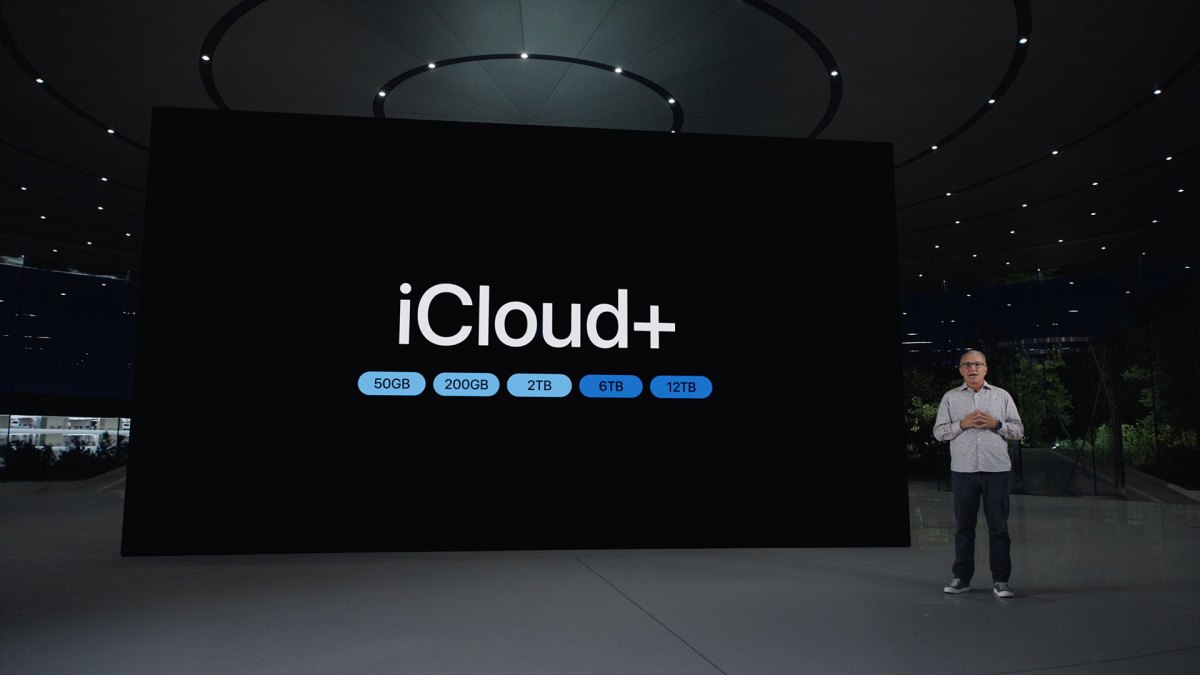President Trump has imposed 30% tariffs on goods from the European Union, escalating a long-standing dispute over the regulation of Big Tech. This move comes after the EU introduced new regulations targeting the rapidly growing field of artificial intelligence.
The EU’s new “Code of Practice” for AI, released on Thursday, is a set of voluntary guidelines aimed at addressing public safety concerns. Although not legally binding, the code builds upon the EU’s landmark AI Act, and companies that fail to sign on by the August 2 deadline may face intense regulatory scrutiny. OpenAI has announced its intention to sign the code, while the tech lobby group CCIA, which includes Google and Meta among its members, has criticized the guidelines.
The Trump administration has been openly opposed to the EU’s attempts to regulate American tech companies, with Trump describing the EU’s hefty fines as “overseas extortion.” Treasury Secretary Scott Bessent has also claimed that these fines function as backdoor tariffs.
This view has been echoed by Silicon Valley, with Meta CEO Mark Zuckerberg stating in January that his company would “work with President Trump to push back on governments around the world that are going after American companies,” specifically calling out European regulators. These tensions have hindered trade negotiations, with Trump administration officials telling the New York Post in May that talks had stalled due to the EU’s refusal to abandon its multi-million dollar fines against U.S. tech giants.
EU-Imposed Fines
Under the 2022 Digital Markets Act (DMA), a landmark European antitrust law, Apple, Google, Amazon, and Meta were all deemed “gatekeepers.” This designation has resulted in a wave of fines and forced changes to their EU operations. Most recently, Meta was hit with a fine of over $200 million after the European Commission found its “pay-or-consent” model breached the DMA. According to a Reuters report, Meta has decided to fight the findings and will not propose changes, meaning more fines are likely on the way.
EU’s Response to Pressure
Despite Trump’s pressure, the EU appears determined to maintain its regulatory independence. Earlier this month, the European Commission’s tech chief, Henna Virkkunen, told Politico that the bloc’s rules on digital competition and AI were not up for negotiation.
However, the EU has shown some willingness to compromise, recently dropping a proposed tax on digital companies from its upcoming budget, a move seen as a win for the Trump administration.
The question now is whether these new tariffs will backfire and provoke an even tougher crackdown. In response to the first round of tariffs in April, EU President Ursula von der Leyen was open about targeting Big Tech with countermeasures if talks failed. While the bloc delayed a set of retaliatory measures that were set to go into effect this past Monday, French President Emmanuel Macron has made it clear that the EU’s most feared weapon is still on the table: the anti-coercion instrument.
Macron wrote on X, “With European unity, it is more than ever up to the Commission to assert the Union’s determination to resolutely defend European interests. This implies speeding up the preparation of credible countermeasures, by mobilizing all the instruments at its disposal, including anti-coercion, if no agreement is reached by August 1st.”
Along with the President of the European Commission, France shares the same very strong disapproval at the announcement of horizontal 30% tariffs on EU exports to the United States from August 1st.
This announcement comes after weeks of intense engagement by the Commission in…
— Emmanuel Macron (@EmmanuelMacron) July 12, 2025
The Larger Context
The anti-coercion instrument is considered the “bazooka” in the EU’s arsenal, allowing the EU to impose trade restrictions on services from a country it deems is using economic coercion. If the U.S. is found to fit the bill, American tech giants that provide digital services, like Apple, Google, and Meta, could be uniquely vulnerable.
Ultimately, both sides are fighting to protect their own interests: the Trump administration wants to defend American dominance in the global tech industry, while the EU wants to regulate digital platforms on its own terms. As negotiations continue, they will not only decide the fate of the tech companies caught in the middle but will also set the rules for global tech sovereignty for years to come.
For Big Tech companies caught in the crossfire, the message is clear: this is a war over digital sovereignty, and the rules of the internet’s next era may be written in Brussels as much as in Washington.





